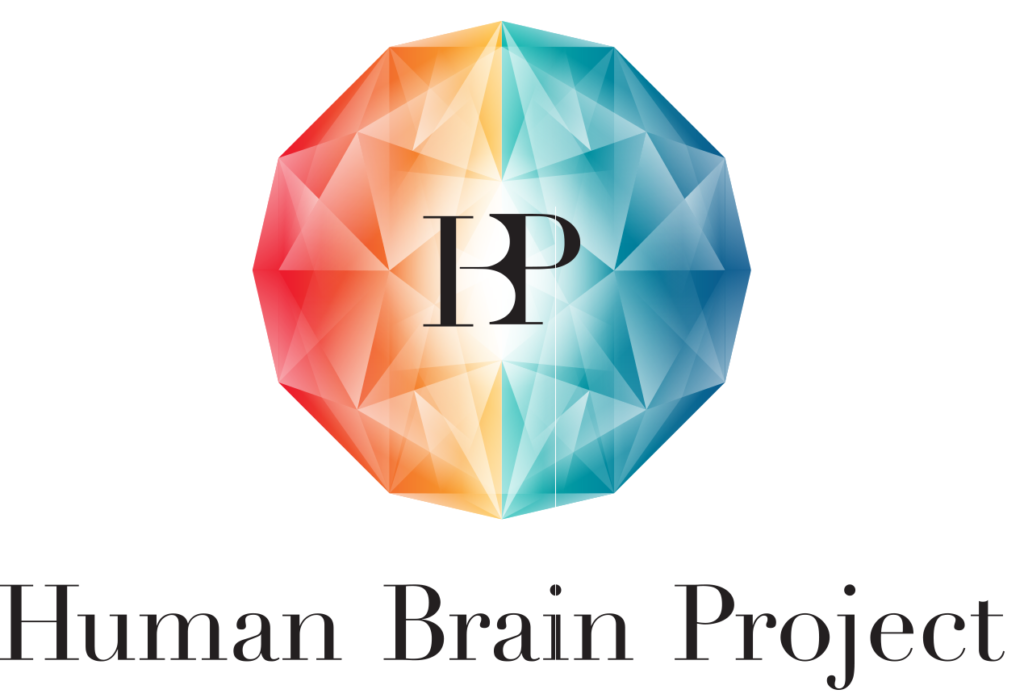Launching of the Human Brain Project (HBP)
"In spite of that, and even if the neuro lacks the radically transformative impact often attributed to it, by the early twenty-first century it had taken shape in an immense range of products and initiatives, from amateurish self-help booklets to the one-billion-euro Human Brain Project and the three-billion-dollar BRAIN Initiative, both launched in 2013."

In 2013 the European Commission awarded neuroscientist Henry Markram $1.3 billion to pursue an audacious goal: building a simulation of the human brain. This was the beginning of the Human Brain Project (HBP), one of the two largest scientific projects ever funded by the European Union. According to its website, the HBP aims to build a research infrastructure to help advance neuroscience, medicine, and computing, this 10-year Project directly employs some 500 scientists at more than 100 universities, teaching hospitals and research centers across Europe.
See more at: www.humanbrainproject.eu/en/about/overview/

According to the Youtube channel of the project:
The Human Brain Project will impact many different areas of society. Brain simulation will provide new insights into the basic causes of neurological diseases such as autism, depression, Parkinson's, and Alzheimer's. It will give us new ways of testing drugs and understanding the way they work. It will provide a test platform for new drugs that directly target the causes of disease and that have fewer side effects than current treatments. It will allow us to design prosthetic devices to help people with disabilities. The benefits are potentially huge. As world populations grow older, more than a third will be affected by some kind of brain disease. Brain simulation provides us with a powerful new strategy to tackle the problem.
The Human Brain Project builds on the work of the Blue Brain Project. Led by Henry Markram of the Ecole Polytechnique Fédérale de Lausanne (EPFL), the Blue Brain Project has already taken an essential first towards simulation of the complete brain. Over the last six years, the project has developed a prototype facility with the tools, know-how and supercomputing technology necessary to build brain models, potentially of any species at any stage in its development. As a proof of concept, the project has successfully built the first ever, detailed model of the neocortical column, one of the brain's basic building blocks.
In october 7, 2013 occurred the first day of the Human Brain Project Summit. Attendees from all over the world gathered at EPFL in Switzerland to launch the 10 year project that intends to help shape the future of neuroscience, computing and medicine.

https://www.scientificamerican.com/article/why-the-human-brain-project-went-wrong-and-how-to-fix-it/













0 comments
Sign in or create a free account